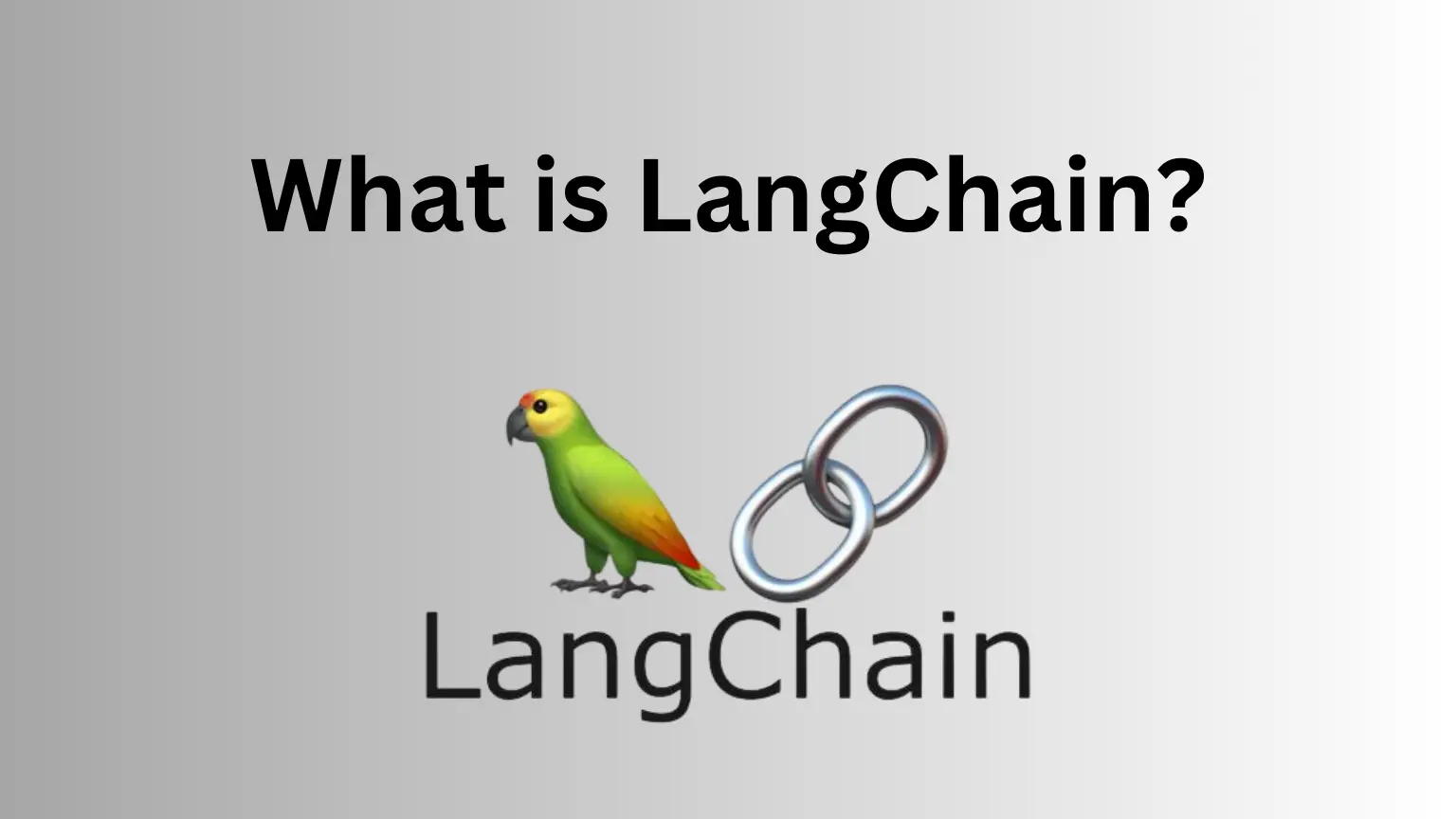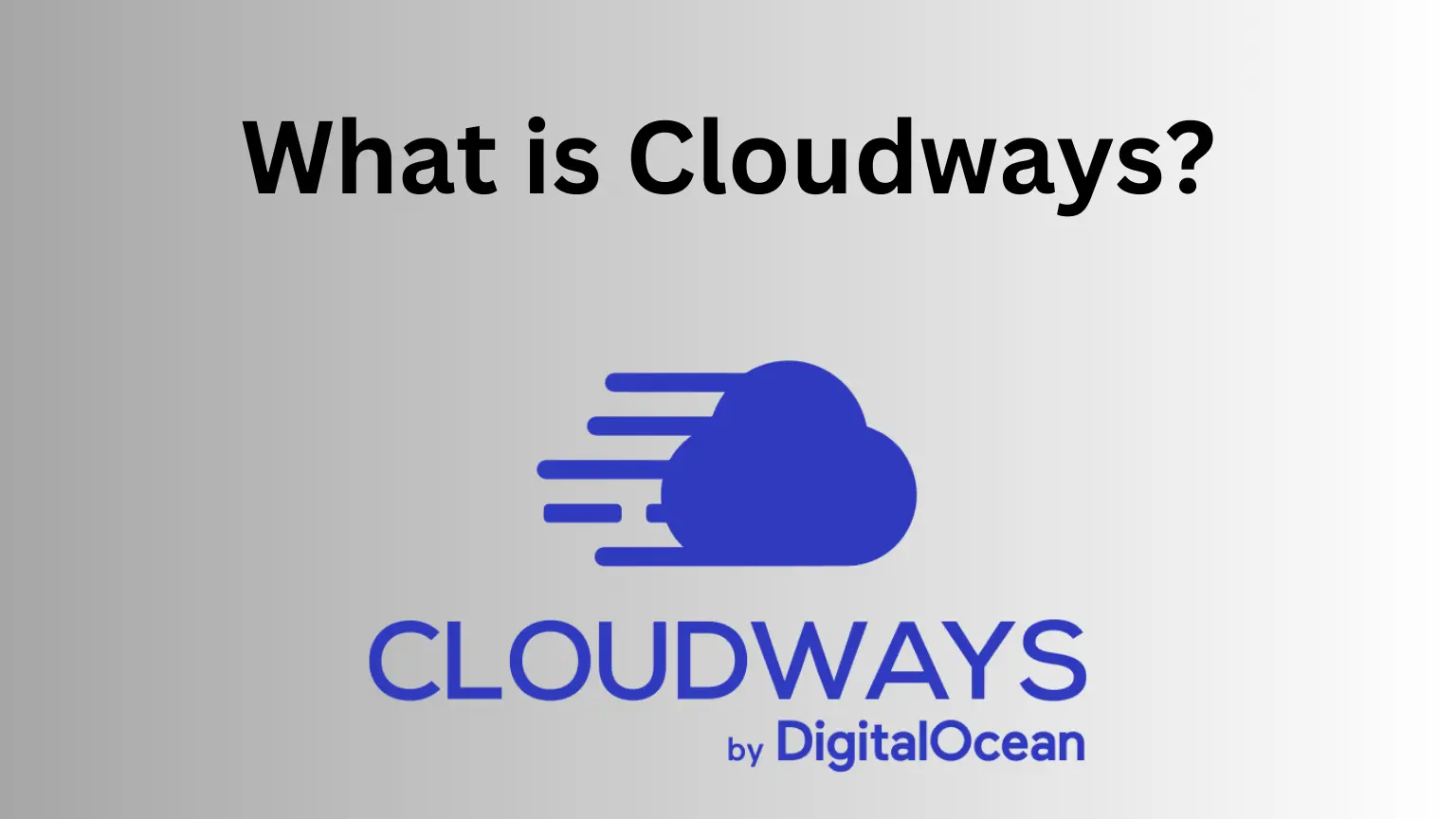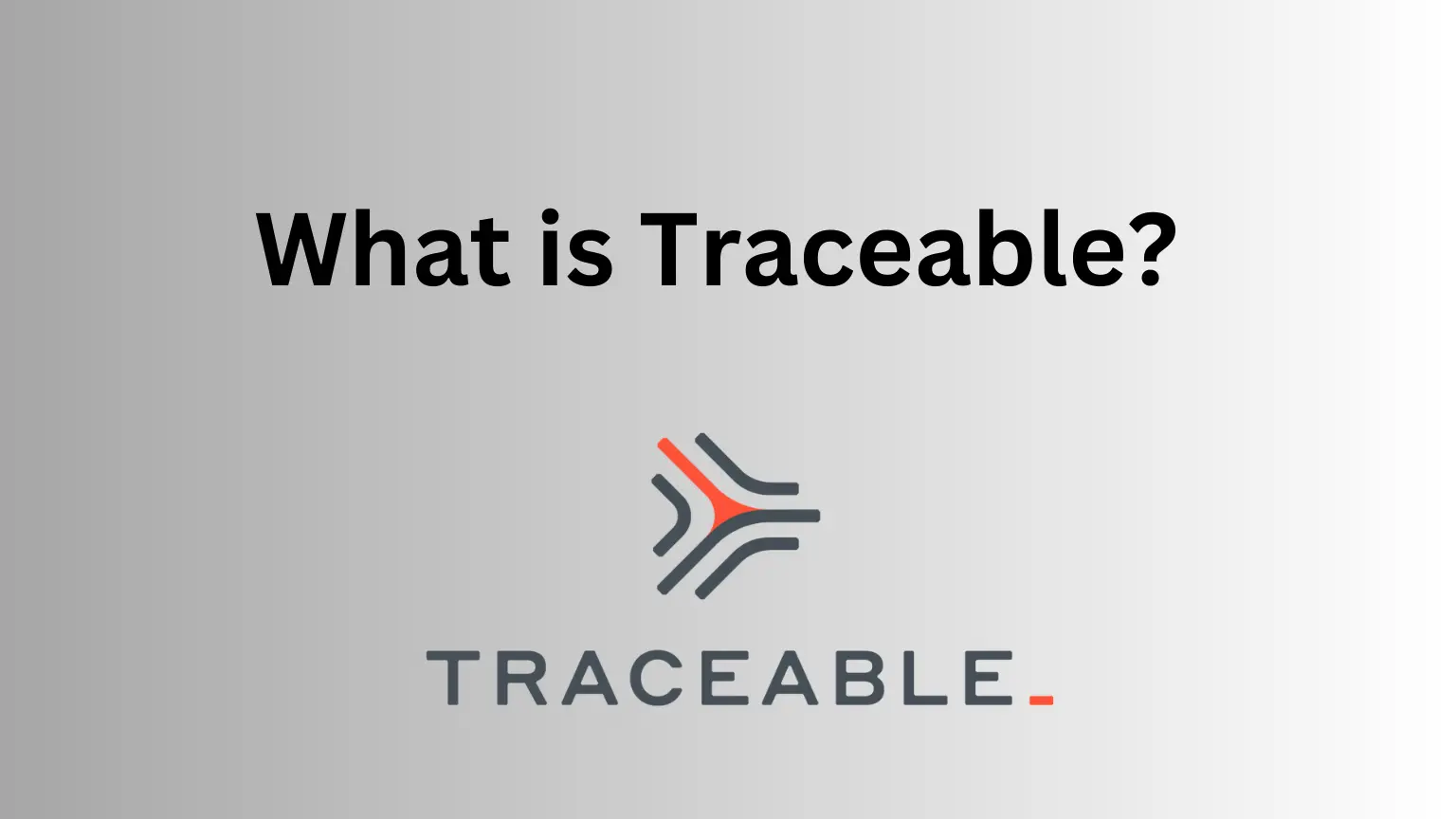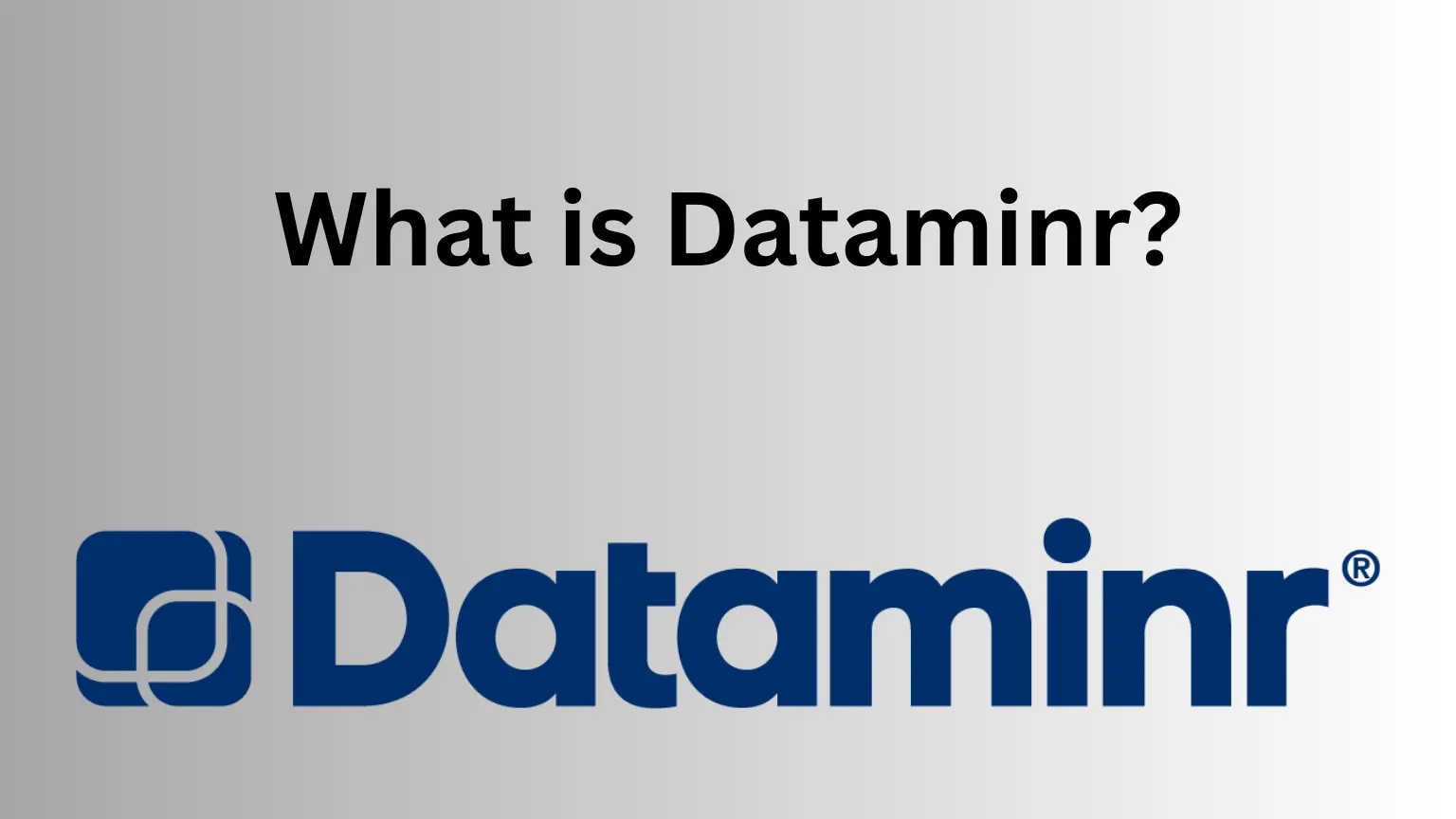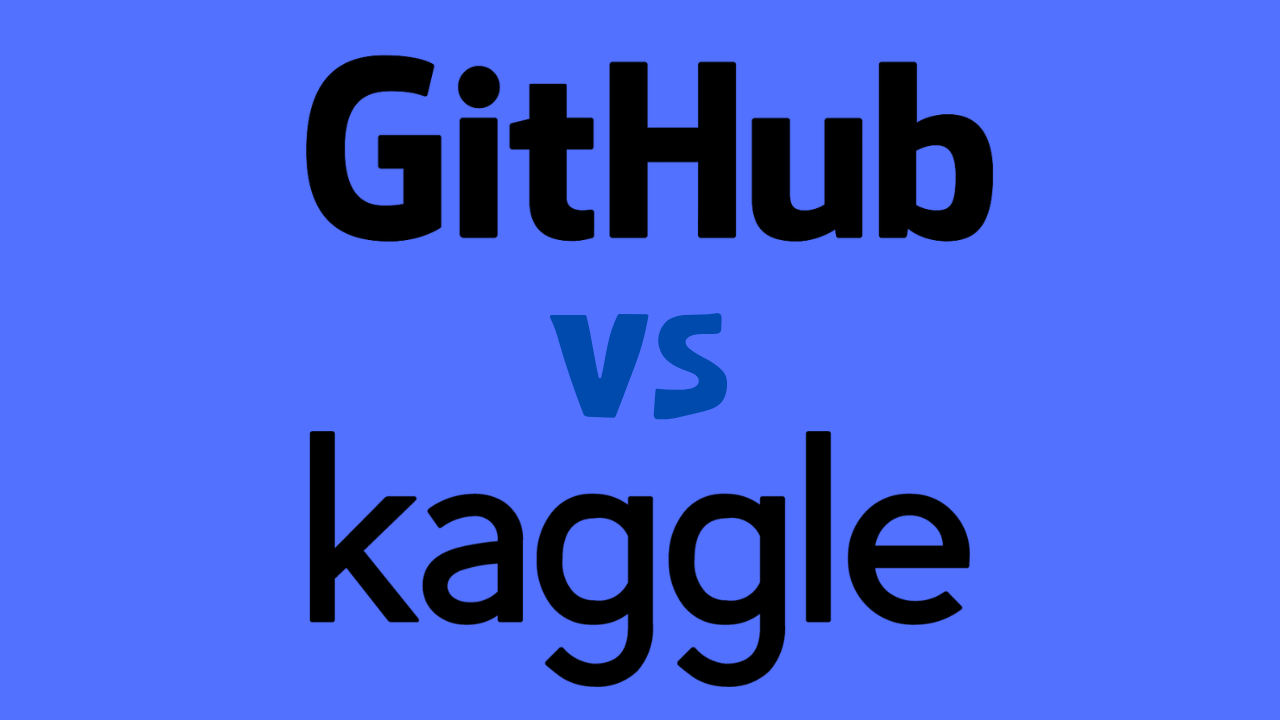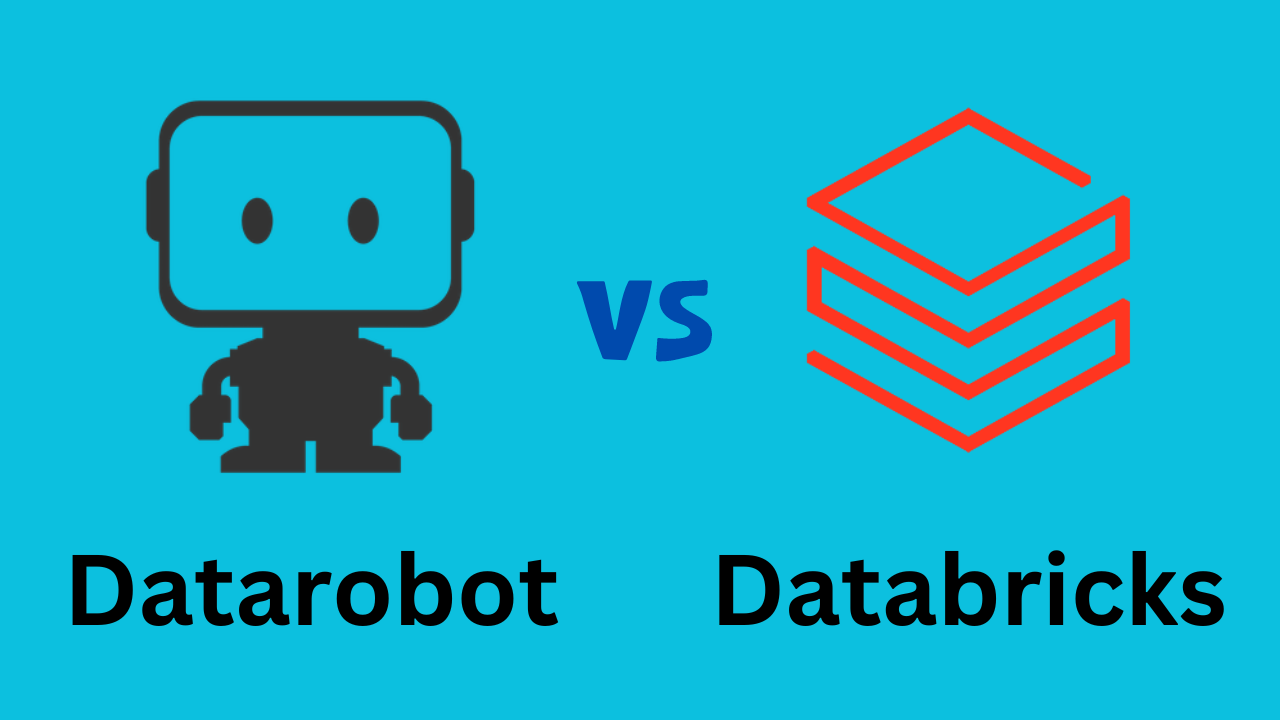Are you tired of sifting through endless articles and reviews trying to decide between Databricks vs Spark? Look no further! In this comprehensive blog, we’ll dive deep into the similarities and differences between these two powerful platforms.
From performance to ease of use, we’ll cover it all, so you can make an informed decision for your data processing and AI needs. Get ready to discover which platform reigns supreme in the world of big data!
What are Databricks?
Databricks is a unified data analytics platform that was founded by the team that originally created Apache Spark. It offers a range of features, including collaborative notebooks, optimized machine learning environments, and a completely managed ML lifecycle.
The Databricks Runtime is a data processing engine built on a highly optimized version of Apache Spark, which provides significant performance gains compared to the standard open-source Apache Spark found on cloud platforms.
Databricks is known for being more optimized and simpler to use than Apache Spark, making it a popular choice for companies looking to process large volumes of data and build AI models.
Key Features of Databricks
Databricks offers a range of key features that make it a popular choice for data processing and AI needs. Some of the key features of Databricks include:
Collaborative Notebooks:
Databricks offers collaborative notebooks that allow multiple users to work on the same project simultaneously. This feature is perfect for quick exploratory data analysis or collaborative data science works.
2. Optimized Machine Learning Environments:
Databricks provides optimized machine learning environments that make it easy to build and deploy machine learning models. These environments are designed to be highly scalable and can handle large volumes of data.
3. Managed ML Lifecycle:
Databricks offers a completely managed ML lifecycle, which means that users can easily build, train, and deploy machine learning models without having to worry about infrastructure or maintenance.
4. Job Scheduler:
Databricks offers a job scheduling feature that allows users to schedule scripts to run at specific times. This feature is perfect for automating data processing tasks and running machine learning models on a regular basis.
Stages of Software Development: A Comprehensive Guide
5. Integration with Tableau:
Databricks integrates with Tableau, which allows users to build dashboards directly from any plot within the notebook. Plots can even be directly generated by SQL queries, which makes it very easy to edit or maintain the dashboard.
What is Spark?
Apache Spark is an open-source distributed computing system that is designed to process large volumes of data quickly and efficiently. It was developed at the University of California, Berkeley’s AMPLab in 2009 and later donated to the Apache Software Foundation in 2013.
Spark is known for its speed and ease of use, and it can be used for a wide range of data processing tasks, including batch processing, stream processing, machine learning, and graph processing.
Spark is built on top of the Hadoop Distributed File System (HDFS) and can run on a variety of platforms, including Hadoop, Kubernetes, and Apache Mesos. It is a popular choice for companies looking to process large volumes of data and build AI models.

Key Features of Spark
Apache Spark offers a range of key features that make it a popular choice for data processing and AI needs. Some of the key features of Spark include:
Continuous Delivery vs Deployment: Which is Best for Your Software Development Process?
1: Speed:
Spark is known for its speed and can process large volumes of data quickly and efficiently. It achieves this by using in-memory processing and optimized query execution.
2. Ease of Use:
Spark is designed to be easy to use and offers a range of APIs in different programming languages, including Java, Scala, Python, and R. This makes it easy for developers to work with Spark using their preferred programming language.
3. Flexibility:
Spark is a flexible system that can be used for a wide range of data processing tasks, including batch processing, stream processing, machine learning, and graph processing.
4. Fault Tolerance:
Spark is designed to be fault-tolerant and can recover from failures automatically. This makes it a reliable system for processing large volumes of data.
5. Scalability:
Spark is a highly scalable system that can handle large volumes of data and can be run on a variety of platforms, including Hadoop, Kubernetes, and Apache Mesos.
Databricks Vs Spark – Some Similarities
Here are some similarities between Databricks and Apache Spark:
1. Databricks is built on top of Apache Spark and uses the same APIs, which means that users can use the same code and libraries on both platforms.
2. Both Databricks and Apache Spark are designed to process large volumes of data quickly and efficiently, and they both offer a range of features for batch processing, stream processing, machine learning, and graph processing.
3. Both Databricks and Apache Spark are highly scalable and can handle large volumes of data. They can also be run on a variety of platforms, including Hadoop, Kubernetes, and Apache Mesos.
Databricks Vs Spark – Key Differences
Databricks and Apache Spark share many similarities, but there are also some key differences between the two platforms. Some of the key differences include:
1: User Interface:
Databricks offers a more user-friendly interface than Apache Spark, with features like collaborative notebooks and a completely managed ML lifecycle. Collaborative notebooks are perfect for quick exploratory data analysis or collaborative data science works.
2. Performance:
Databricks Runtime, the data processing engine used by Databricks, is built on a highly optimized version of Apache Spark and provides up to 50x performance gains compared to standard open-source Apache Spark found on cloud platforms. In performance testing, Databricks was found to be faster than Apache Spark on AWS in all tests.
For data reading, aggregation, and joining, Databricks was on average 30% faster than AWS Spark, and there was a significant runtime difference (Databricks being ~50% faster) in training machine learning models between the two platforms.
3. Cost:
Databricks can be more expensive than Apache Spark on AWS, as the cost of using Databricks is highly correlated with the worker type and size. Cost of using AWS Spark mainly depends on the worker type, and AWS also provide cost explorer for user to review their spending. However, cost of using Databricks might be the only downside of this platform.
Wrap Up!
So, that was our take on Databricks Vs Spark. Overall, Databricks and Apache Spark are both powerful data processing and AI engines, but Databricks offers some key advantages in terms of performance and ease of use. However, the choice between these two platforms ultimately depends on the specific needs and budget of the user.


